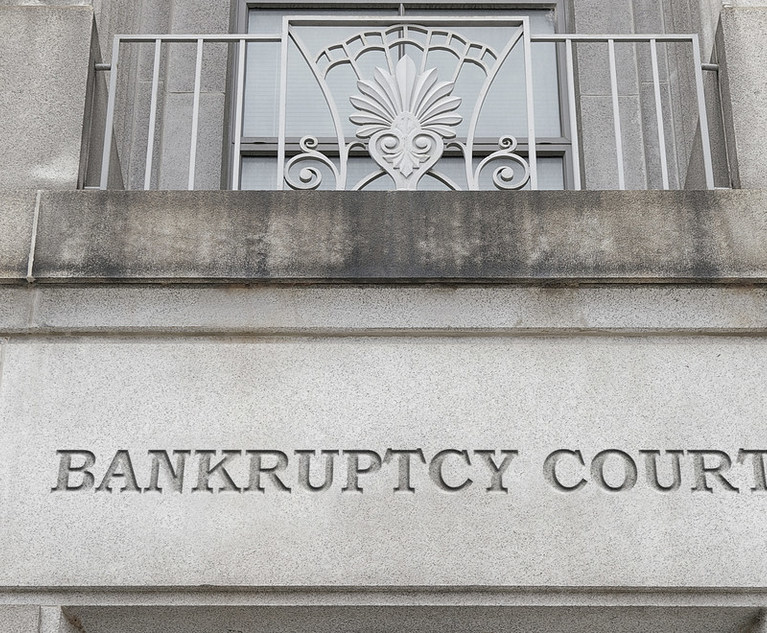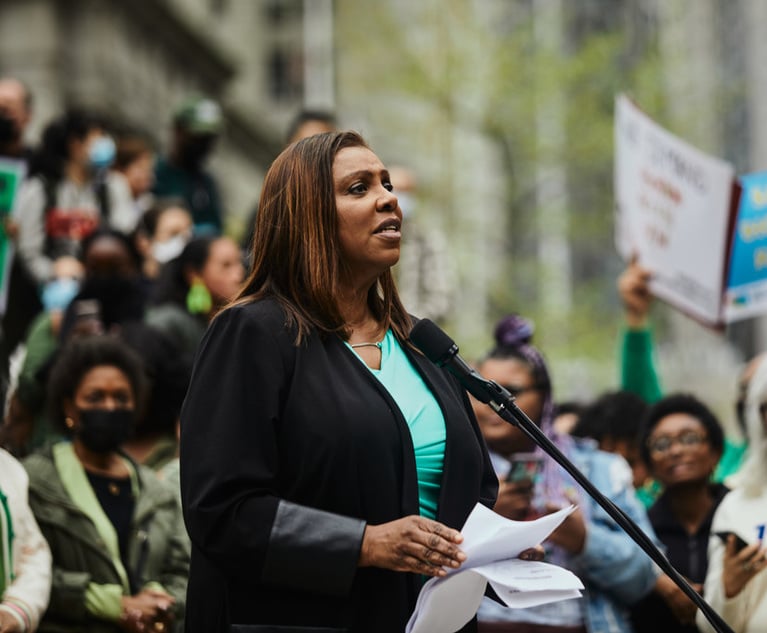 When a tenant files for bankruptcy, the commercial landlord is faced with the often worrisome prospect that its unexpired lease may be rejected in the bankruptcy proceedings. A tenant’s right to reject a lease, and thereby disavow its future lease obligations, does not exist outside of bankruptcy and often plays a large role in its decision to file for bankruptcy. During the period that the debtor tenant is determining whether or not to assume a non-residential lease, the Bankruptcy Code requires it to timely perform the obligations under the lease which arise after the commencement of the bankruptcy case, see 11 U.S.C. §365(d)(3)(A). However, that is not the case for lease obligations related to time periods occurring after a lease is rejected. The Bankruptcy Code creates a fiction that rejection of a lease, although effectuated post-petition, constitutes a breach which occurred immediately prior to the filing of the bankruptcy petition. See 11 U.S.C. §365(g)(1).
When a tenant files for bankruptcy, the commercial landlord is faced with the often worrisome prospect that its unexpired lease may be rejected in the bankruptcy proceedings. A tenant’s right to reject a lease, and thereby disavow its future lease obligations, does not exist outside of bankruptcy and often plays a large role in its decision to file for bankruptcy. During the period that the debtor tenant is determining whether or not to assume a non-residential lease, the Bankruptcy Code requires it to timely perform the obligations under the lease which arise after the commencement of the bankruptcy case, see 11 U.S.C. §365(d)(3)(A). However, that is not the case for lease obligations related to time periods occurring after a lease is rejected. The Bankruptcy Code creates a fiction that rejection of a lease, although effectuated post-petition, constitutes a breach which occurred immediately prior to the filing of the bankruptcy petition. See 11 U.S.C. §365(g)(1).
As a result, if an unexpired commercial lease of real property is rejected, the landlord will be left only with a pre-prepetition unsecured claim to be asserted in the bankruptcy for damages resulting from such rejection and, like other pre-petition unsecured creditors, with the attendant uncertainty about recoveries on its claim. However, unlike most other unsecured creditors, a commercial landlord is also subject to a limitation on the amount of its claim under §502(b)(6) of the Bankruptcy Code, even before it gets to the recovery stage on its claim. This provision disallows any amounts claimed by landlords for damages resulting from the termination of a lease of real property which are in excess of “the rent reserved by such lease, without acceleration, for the greater of one year, or 15 percent, not to exceed three years, of the remaining term of such lease, following the earlier of [the petition date and the date the landlord repossessed, or the tenant surrendered, the premises]” plus unpaid rents due under such lease, without acceleration, on such earlier date. See 11 U.S.C. §502(b)(6). The formula has proven to be a brain teaser of sorts with courts and commentators grappling over, among other things, what constitutes rent for these purposes, as well as how the 15% is calculated.
This content has been archived. It is available through our partners, LexisNexis® and Bloomberg Law.
To view this content, please continue to their sites.
Not a Lexis Subscriber?
Subscribe Now
Not a Bloomberg Law Subscriber?
Subscribe Now
LexisNexis® and Bloomberg Law are third party online distributors of the broad collection of current and archived versions of ALM's legal news publications. LexisNexis® and Bloomberg Law customers are able to access and use ALM's content, including content from the National Law Journal, The American Lawyer, Legaltech News, The New York Law Journal, and Corporate Counsel, as well as other sources of legal information.
For questions call 1-877-256-2472 or contact us at [email protected]






